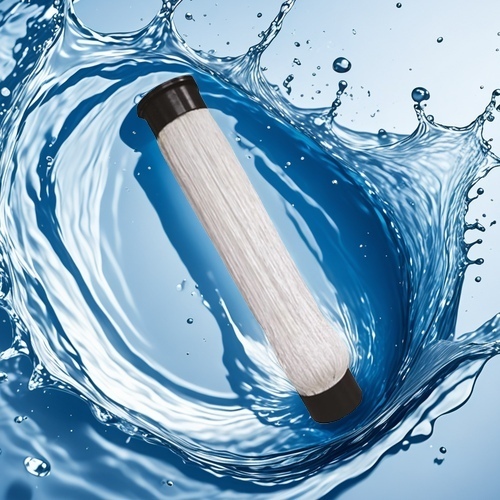How is wastewater treatment carried out?
Wastewater treatment is the process of purifying wastewater to reduce pollution and meet discharge or reuse standards through physical, chemical and biological methods. The following are the main processes and technical classifications of wastewater treatment:
Basic process of wastewater treatment
Primary treatment: Remove large suspended particles and floating objects in wastewater by physical methods, such as filtering and sedimentation using equipment such as grids, screens, and sedimentation tanks
Secondary treatment: Mainly use biological methods to use microorganisms to decompose organic pollutants in wastewater. Common processes include activated sludge method, biofilm method, biological contact oxidation method, etc.
Tertiary treatment: Further remove difficult-to-degrade organic pollutants and soluble inorganic matter to improve the quality of effluent. Common technologies include activated carbon adsorption, ozone oxidation, membrane separation technology (such as reverse osmosis), etc.

Disinfection and discharge: Use ultraviolet rays, ozone or chlorine disinfection to kill pathogens, and discharge or reuse after ensuring the safety of the effluent
Common wastewater treatment methods
Classification by function
Physical method:
Remove suspended particles and oil pollutants by means of gravity separation, filtration, flotation, etc.
Applicable to simple pretreatment, such as sedimentation tanks and sand filters.
Chemical method:
Remove soluble pollutants by chemical reactions, such as coagulation and sedimentation, neutralization, oxidation and reduction, etc.
Commonly used for the treatment of heavy metals and toxic and harmful substances in industrial wastewater
Biological method:
Decompose organic pollutants with the help of microbial metabolism, including aerobic and anaerobic treatment methods.
Common processes include activated sludge method, biological fluidized bed, biological filter, etc.
Classification by treatment degree
Primary treatment: Mainly remove suspended solids, using physical methods.
Secondary treatment: Mainly remove soluble organic pollutants, usually using biological methods.
Tertiary treatment: deep purification, removal of specific pollutants (such as nitrogen and phosphorus), and improved effluent quality
Special wastewater treatment technology
SBR process: sequencing batch activated sludge process, suitable for intermittent operation, with high efficiency and flexibility
MBR process: membrane bioreactor, combining membrane separation with activated sludge, high effluent quality but high cost
Supercritical water oxidation (SCWO): decomposes organic pollutants under high temperature and high pressure, suitable for high-concentration difficult-to-degrade wastewater.
Importance of wastewater treatment
Wastewater treatment not only protects the environment, but also achieves resource recovery and reuse. For example, treated wastewater can be used for agricultural irrigation, industrial cooling or groundwater recharge. This is of great significance to alleviating global water shortages
